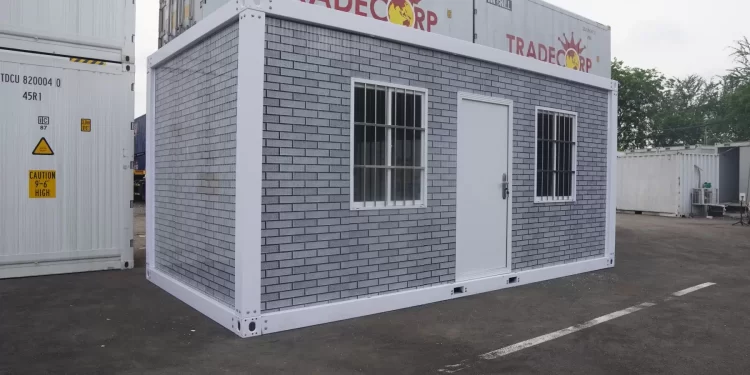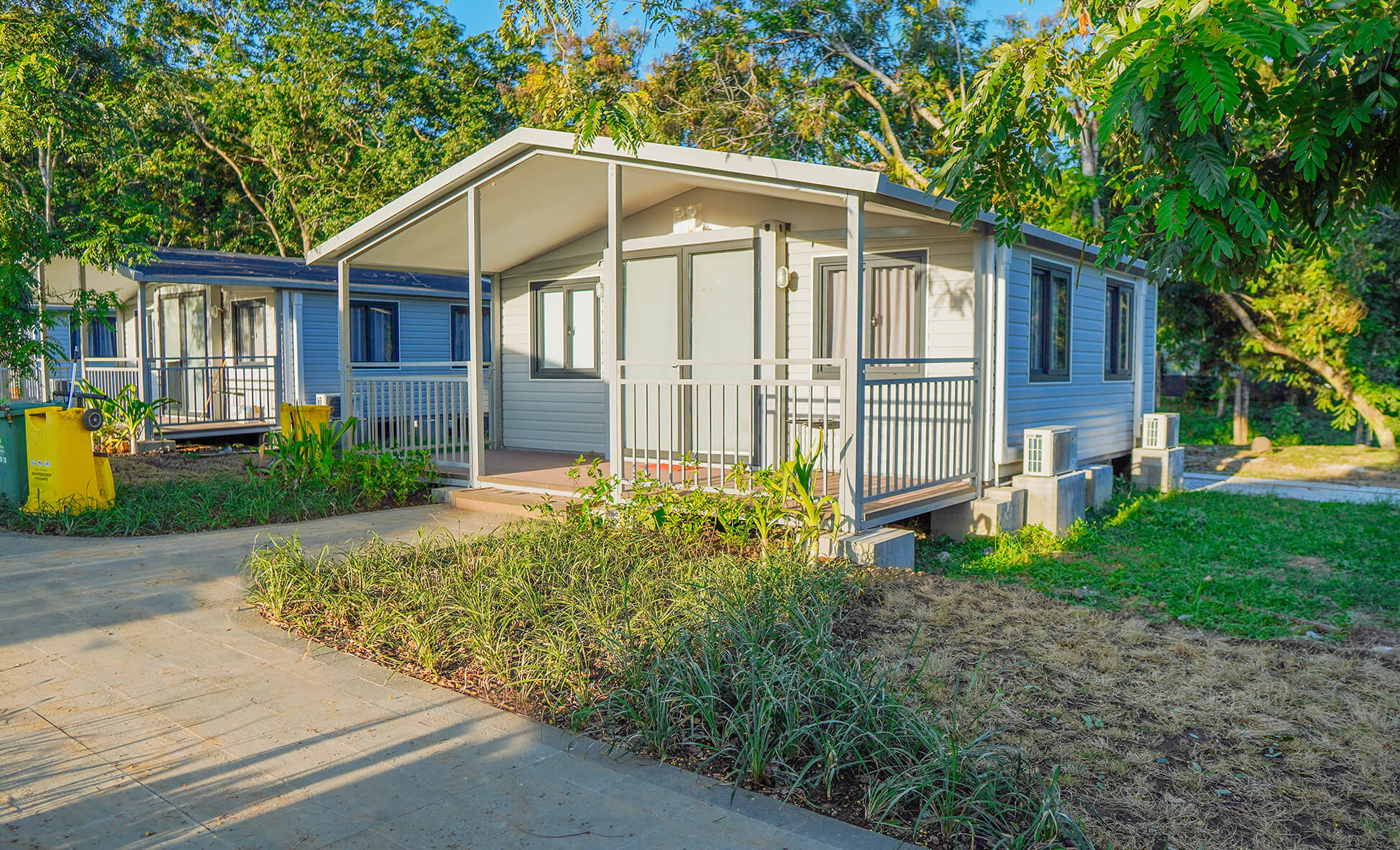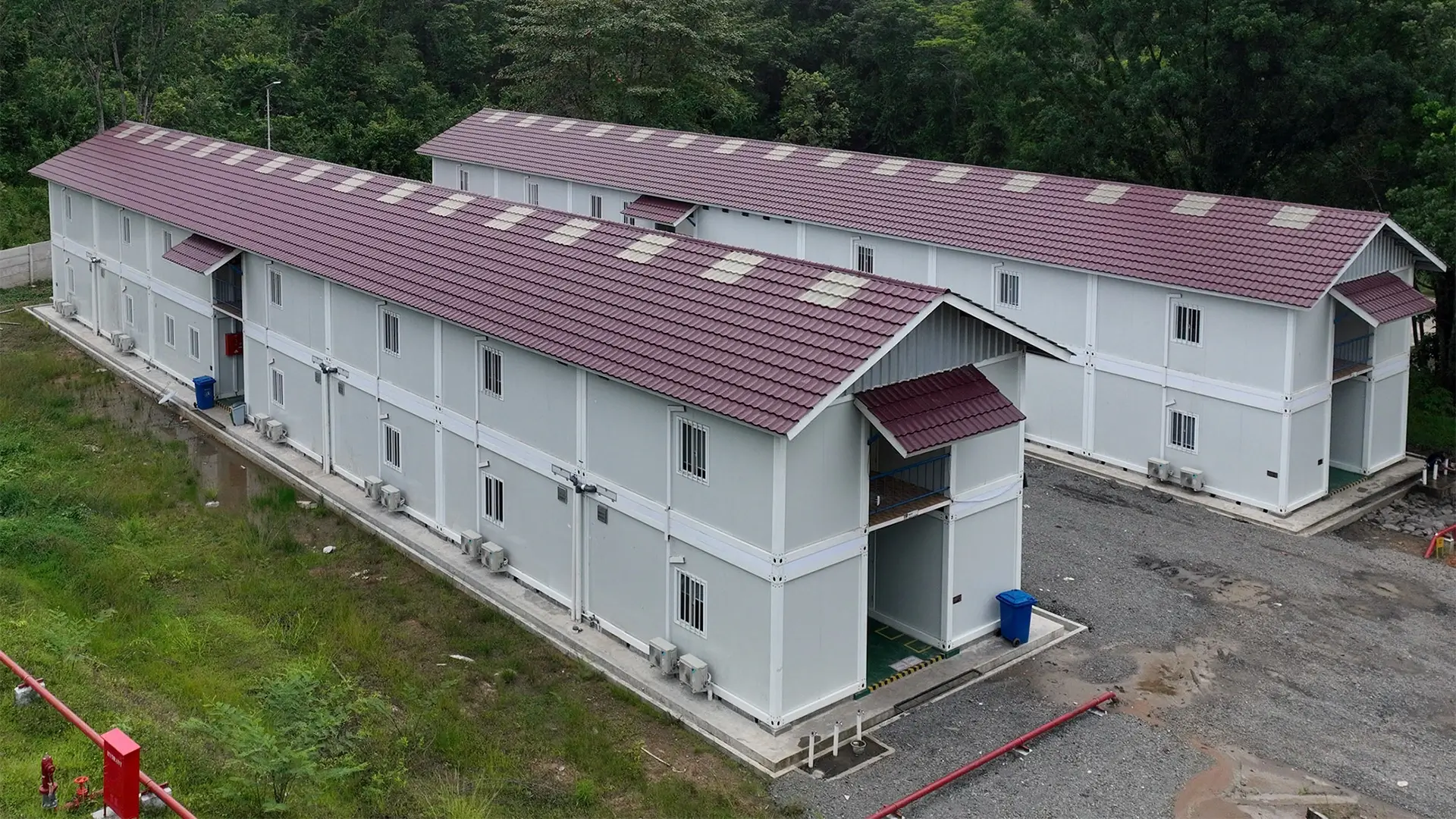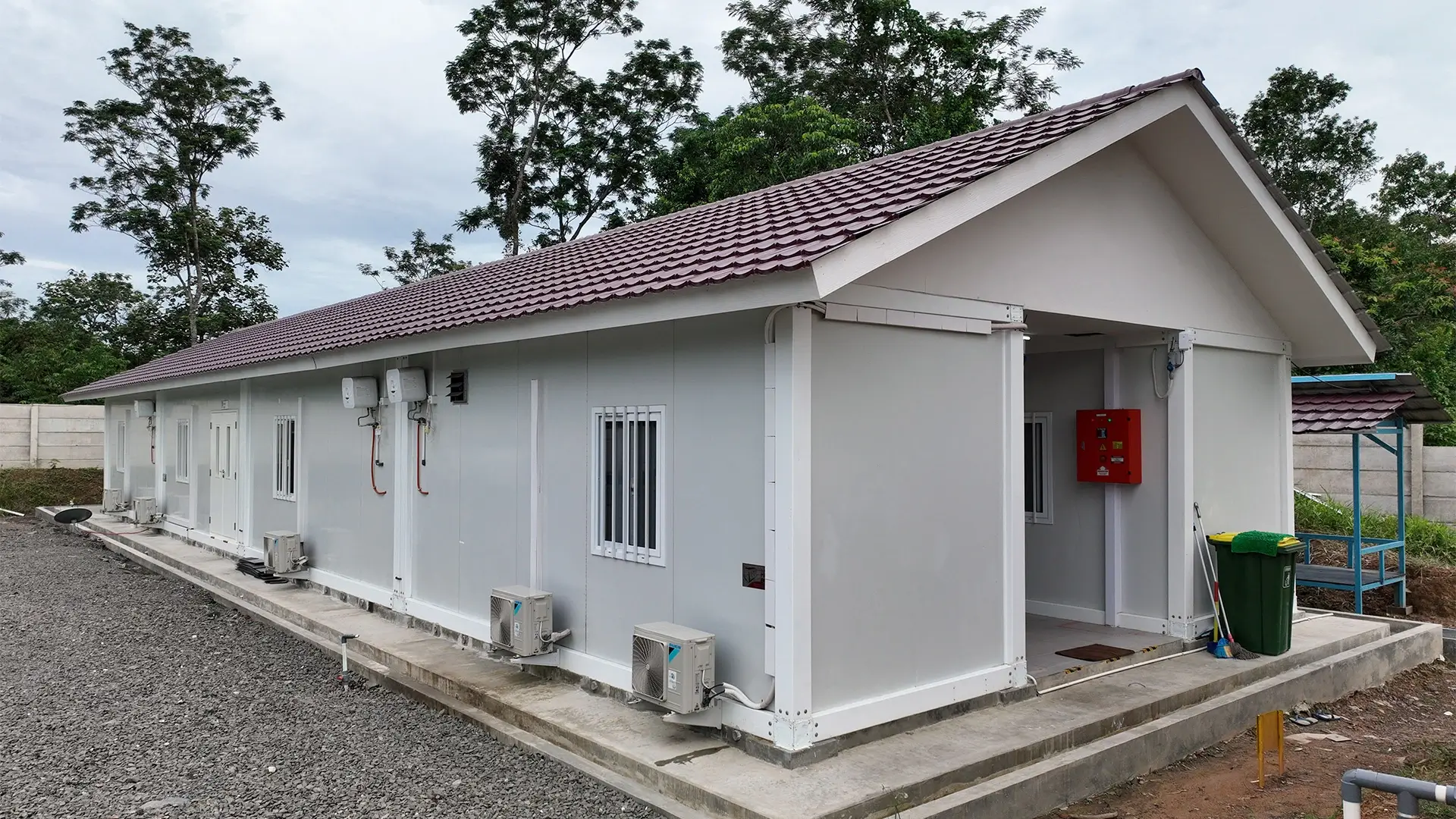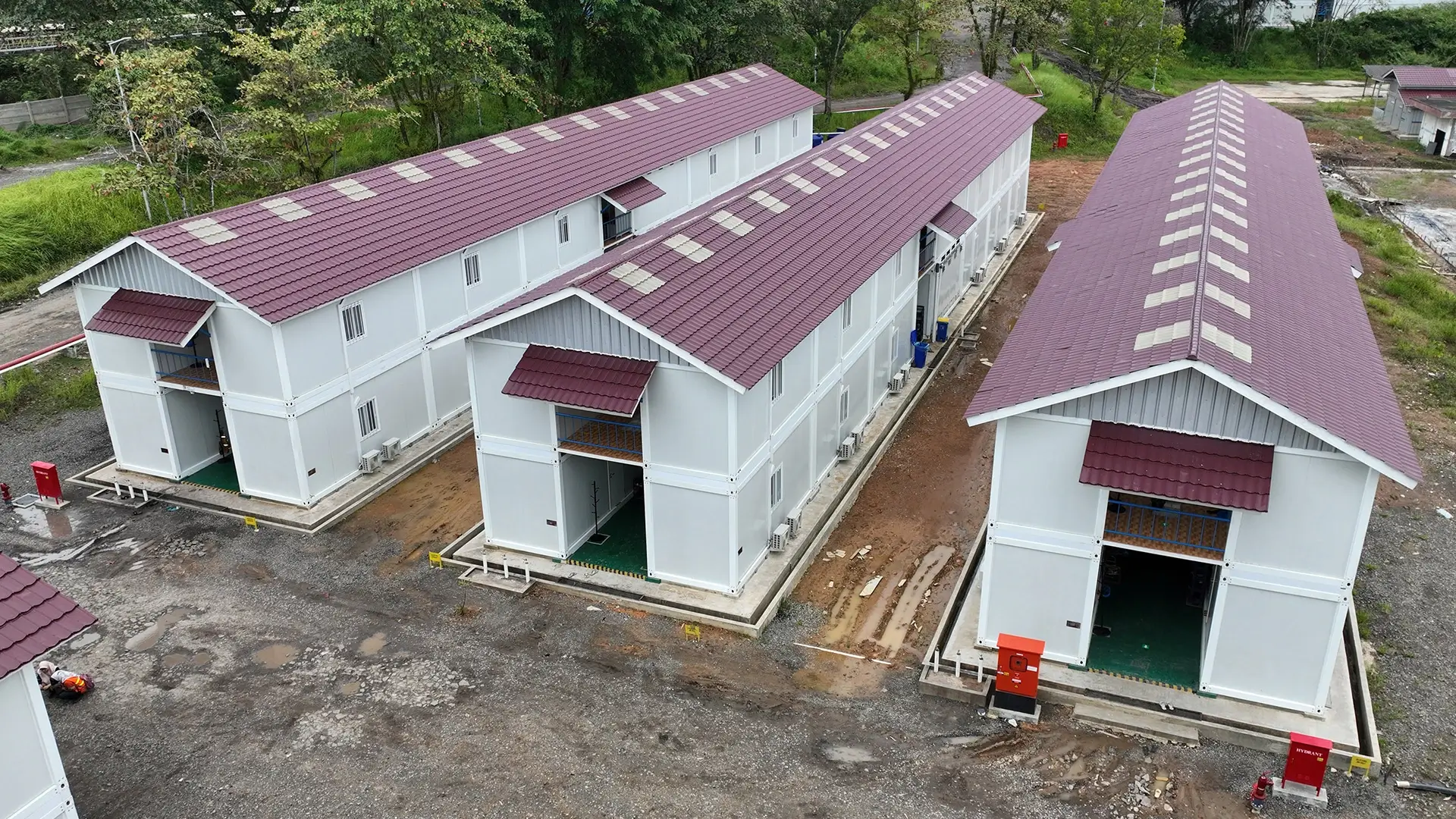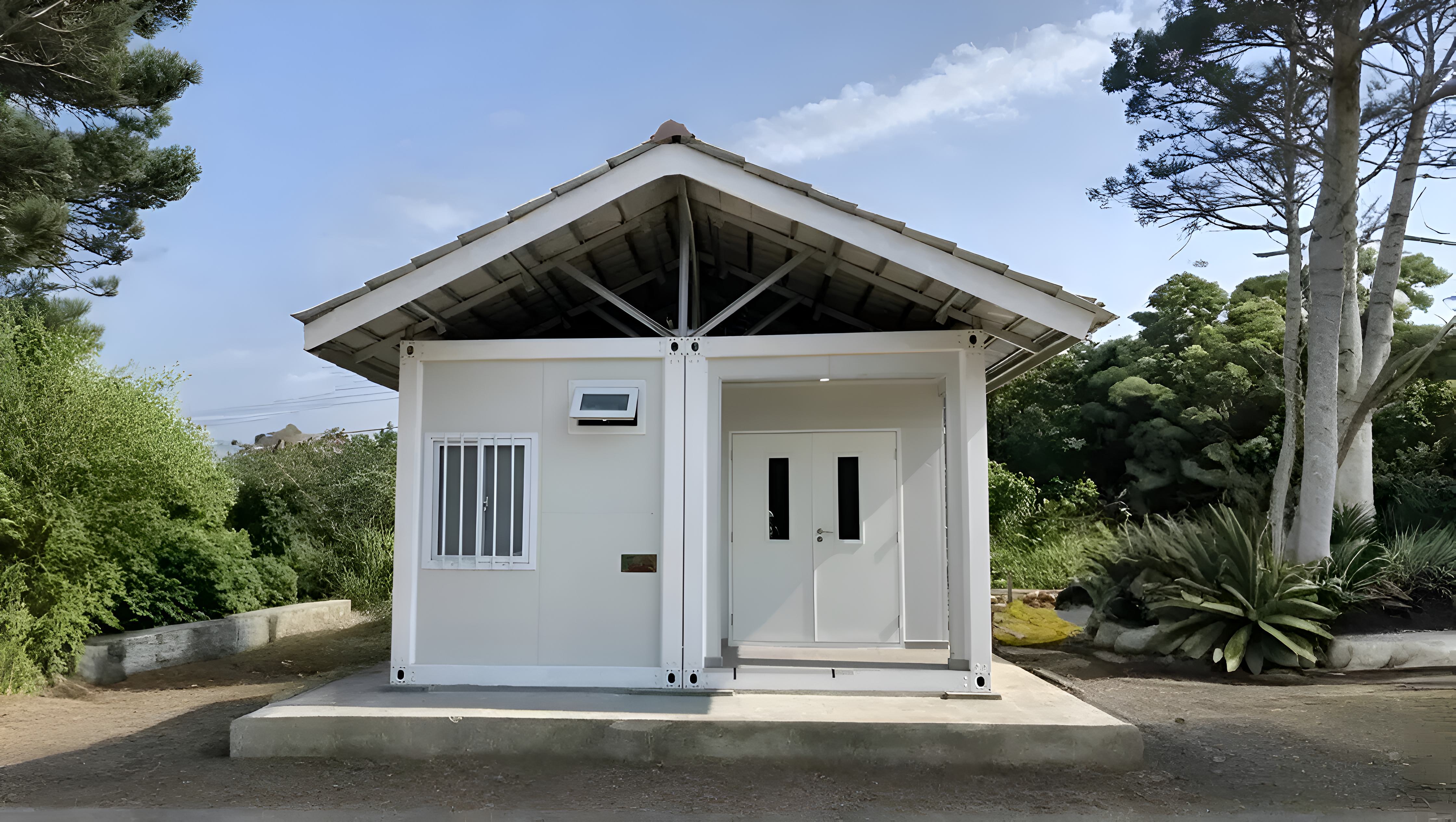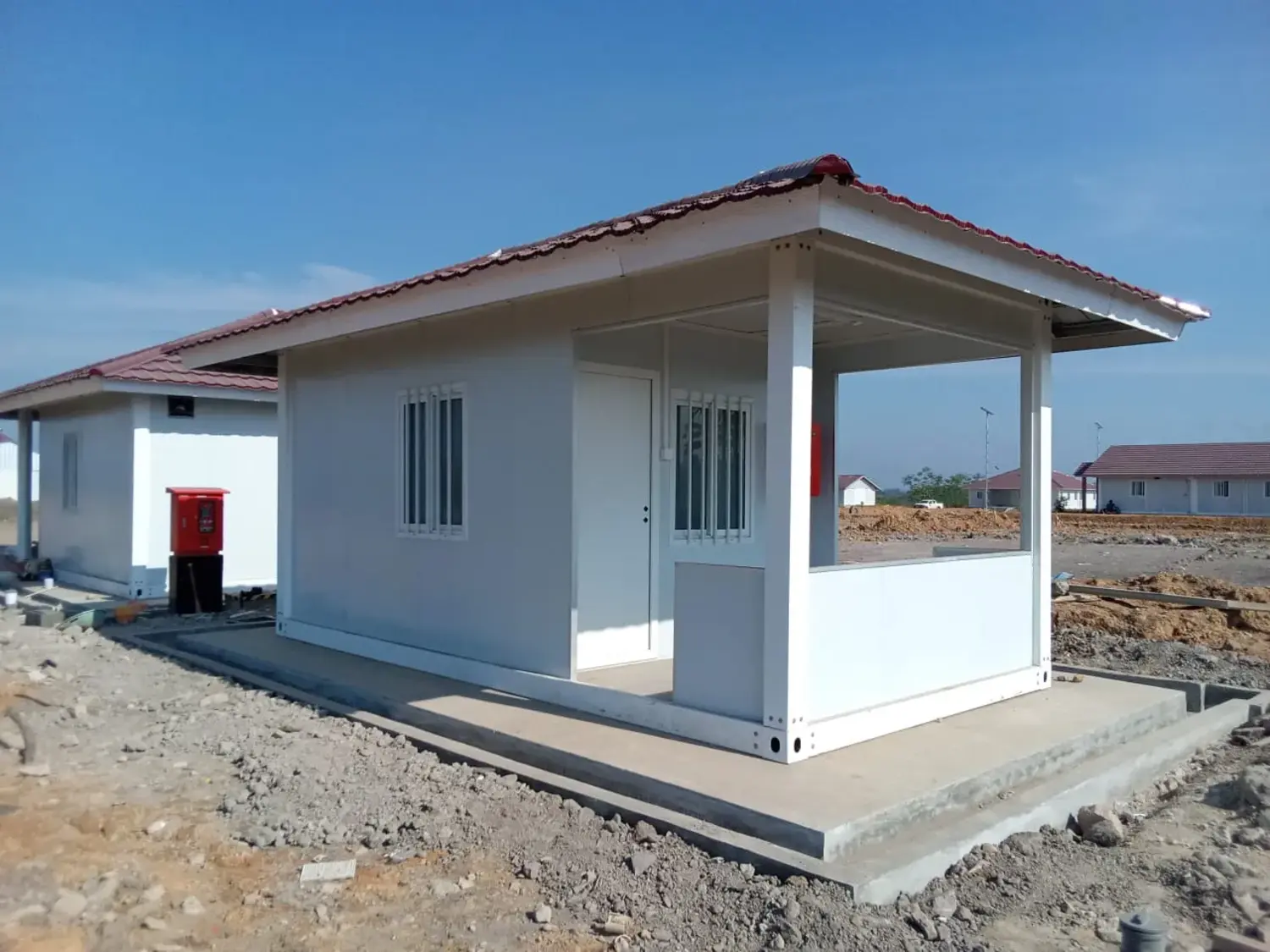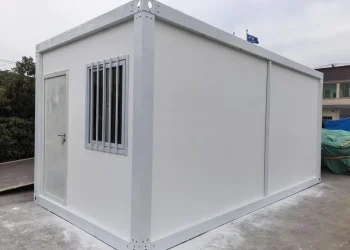Prefabricated buildings offer advantages in terms of faster construction time and ease of installation. These benefits have encouraged many to choose prefab structures as accommodation or operational facilities.
The quick installation of prefabricated buildings is largely due to the use of a knock-down system in the construction process. This system allows structures to be built by assembling building components or modules.
The modular building components are pre-manufactured in a factory according to standards and undergo strict quality control. This also contributes to the rapid installation process of prefabricated buildings.
In addition, cost efficiency is another key advantage. Prefabricated buildings can be used for an extended period, making them a more economical choice for long-term accommodation or facility solutions.
Prefabricated buildings are ideal for those who need housing or facilities in a short amount of time. Beyond residential use, prefab structures are also reliable for on-site accommodation in project areas. If you need accommodation or operational facilities for mining, construction, plantation, agriculture, or agrotourism, prefabricated buildings offer an effective construction solution to meet those needs.
You can obtain prefabricated buildings from Tradecorp. Serving business operations and field projects since 2014 in Indonesia, Tradecorp Indonesia is an international company providing shipping containers, offshore DNV containers, ISO tank containers, modified containers, modular prefabricated buildings, and light gauge steel construction.
To learn more about the prefabricated buildings offered by Tradecorp and how to get a price quote, check out the detailed information in the following section.
Daftar isi
Best Modular Building for Accommodation and Operational
Advantages of Prefabricated Buildings
Prefabricated buildings offer a wide range of benefits, from cost savings to the types of materials used. Here are some of the main advantages:
- Cost and Time-Efficient: Construction is much faster, helping reduce overall expenses.
- Environmentally Friendly: Many prefab components are made from recycled or eco-friendly materials, minimizing environmental impact.
- Flexible and Relocatable: The buildings can be disassembled and relocated to different sites as needed.
- Earthquake-Resistant Structure: Designed to withstand seismic activity, making them suitable for disaster-prone areas.
- Reduced Labor Costs: With much of the construction done off-site, less on-site labor is required, cutting down on workforce expenses.
Types of Prefabricated Buildings
At their core, prefabricated buildings are structures built through an assembly process, where pre-made components or modules are joined together to form a complete building. These components are made from various types of materials, and this material diversity has given rise to several types of prefab buildings.
1. Modular
This type of prefabricated building comes in several models: detachable, foldable, and expandable, each with its own characteristics.
- Detachable modular buildings are constructed by assembling separate components piece by piece.
- Foldable modular buildings consist of components that are already connected but remain folded. The structure is erected by lifting and unfolding the upper parts until it stands upright.
- Expandable modular buildings are delivered to the site in a container-like form. Installation involves pulling or expanding the building sides outward and locking them in place. This characteristic defines their name, expandable buildings.
2. Panel (Panelized)
Panelized prefabricated buildings are made of factory-produced panels, such as roof panels, wall panels, and floor panels. The installation concept is similar to detachable modular buildings, but generally involves a more complex assembly process.
3. Hybrid
Hybrid prefabricated buildings combine modular and panel systems in a customized way. This combination aims to optimize structural design and enhance flexibility, offering a balanced solution between modular convenience and panel strength.
Examples of Prefabricated Building Applications
Tradecorp Indonesia, a leading supplier of shipping containers and modified containers, also provides prefabricated buildings for residential, accommodation, and project operational needs. These buildings are available in several models, including:
- ModBox (Modular Box): A detachable modular prefabricated building using EPS sandwich panels for its wall components.
- ModPack (Modular Flatpack): A detachable modular prefab building that uses Rockwool sandwich panels as wall material.
- ModMulti (ModMulti K-House): A prefabricated building made with a light gauge steel structure, sandwich panel walls, and reinforced with tension cables for added strength.
- ModSnap (Modular Snap): A foldable modular prefab building, designed for quick deployment.
- ModHouse (Modular House): An expandable modular building that arrives compact and is installed by expanding its sides outward.
- Rakita: A simple prefab building typically used as an emergency shelter or temporary structure.
Read More: Folding Houses: Benefits, How to Build, and Design Ideas
Read More: Sandwich Panel House: EPS & Rockwool Wall Material
Examples of Prefabricated Building Models
ModBox
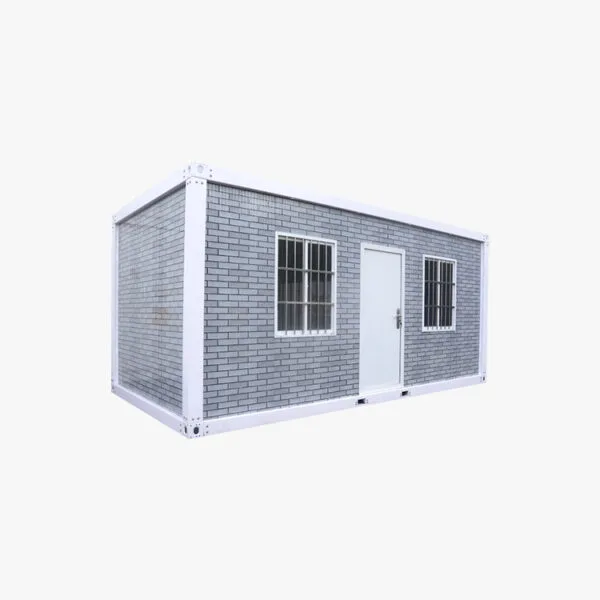
ModPack
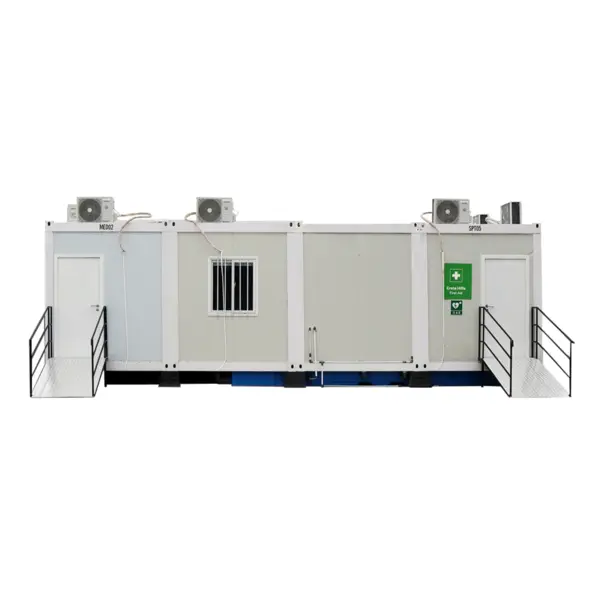
ModSnap
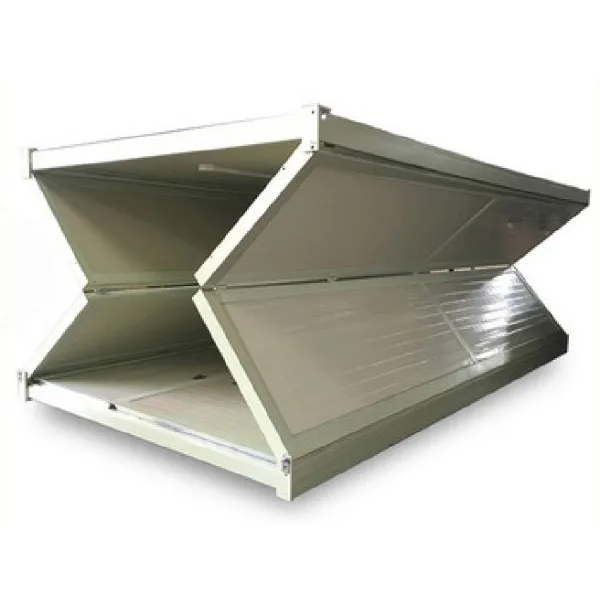
ModHouse
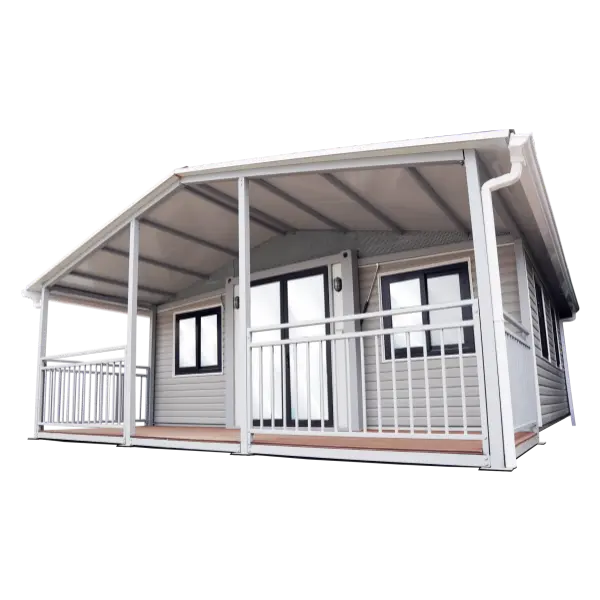
Rakita
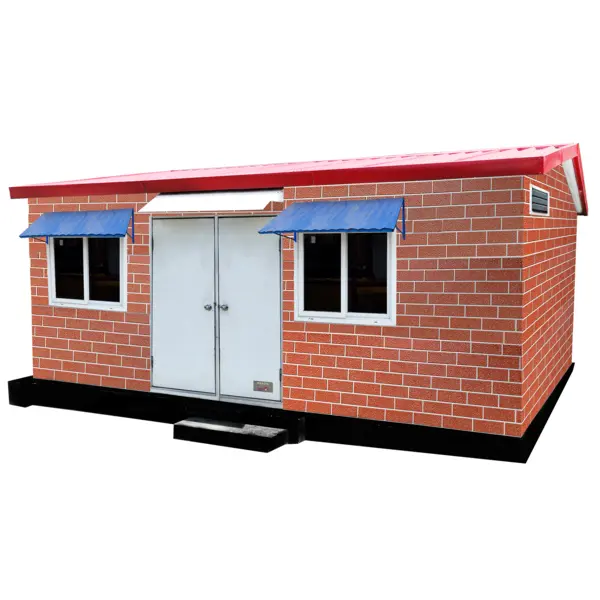
Best Modular Building for Accommodation and Operational
Discover the Best Prefabricated Building Options from Tradecorp Indonesia
Tradecorp Indonesia offers a wide range of prefabricated buildings suitable for residential use, accommodation, and operational facilities. Units are available in 20ft and 40ft sizes and can be expanded by adding more modules.
There are many benefits to purchasing prefabricated units from Tradecorp Indonesia:
- Stackable units
- Possibility to add extra rooms
- Cost-effective
- Easy to assemble and relocate
Get special offers from Tradecorp Indonesia by filling out the online form available at KontainerIndonesia.co.id.


